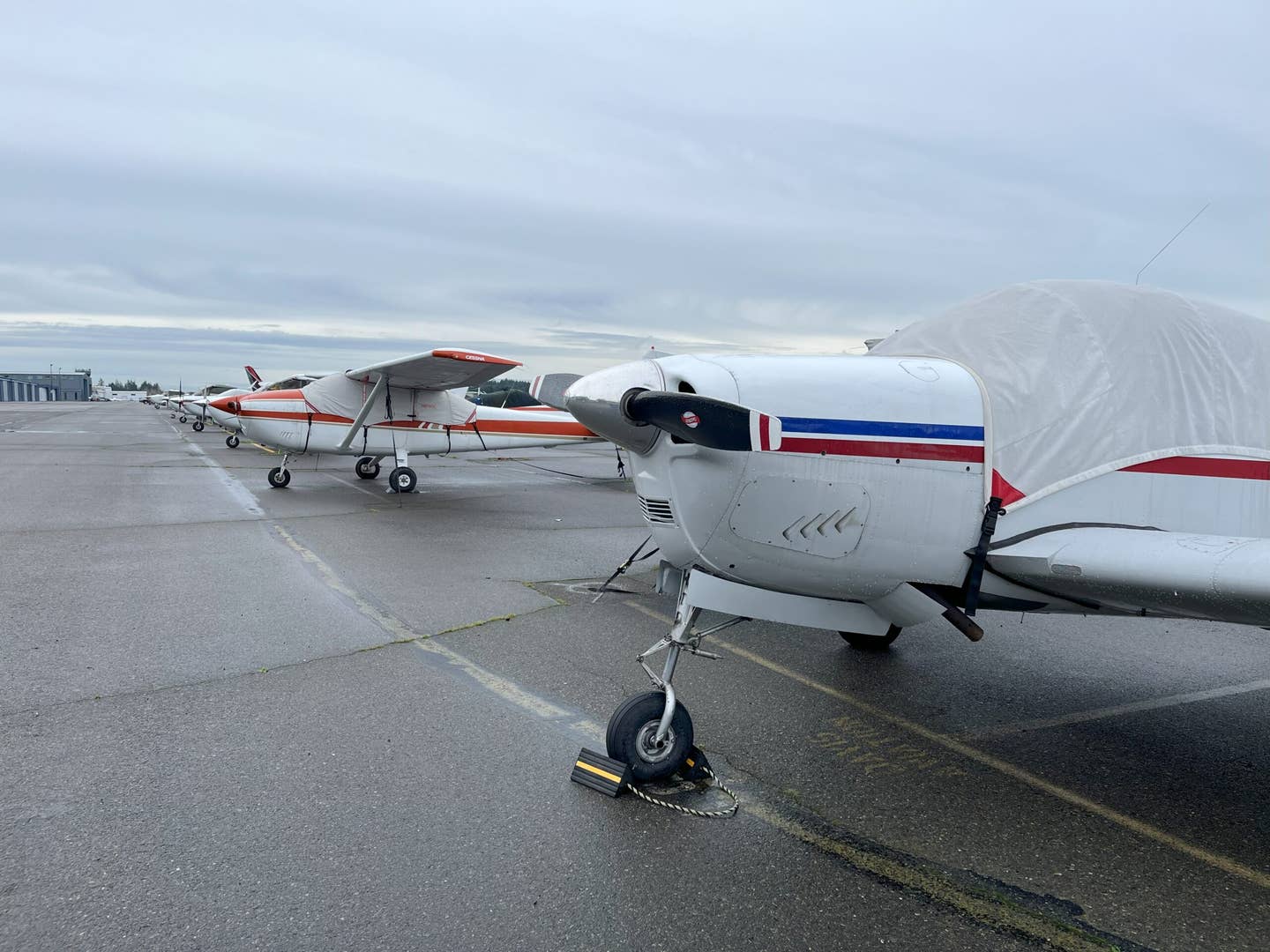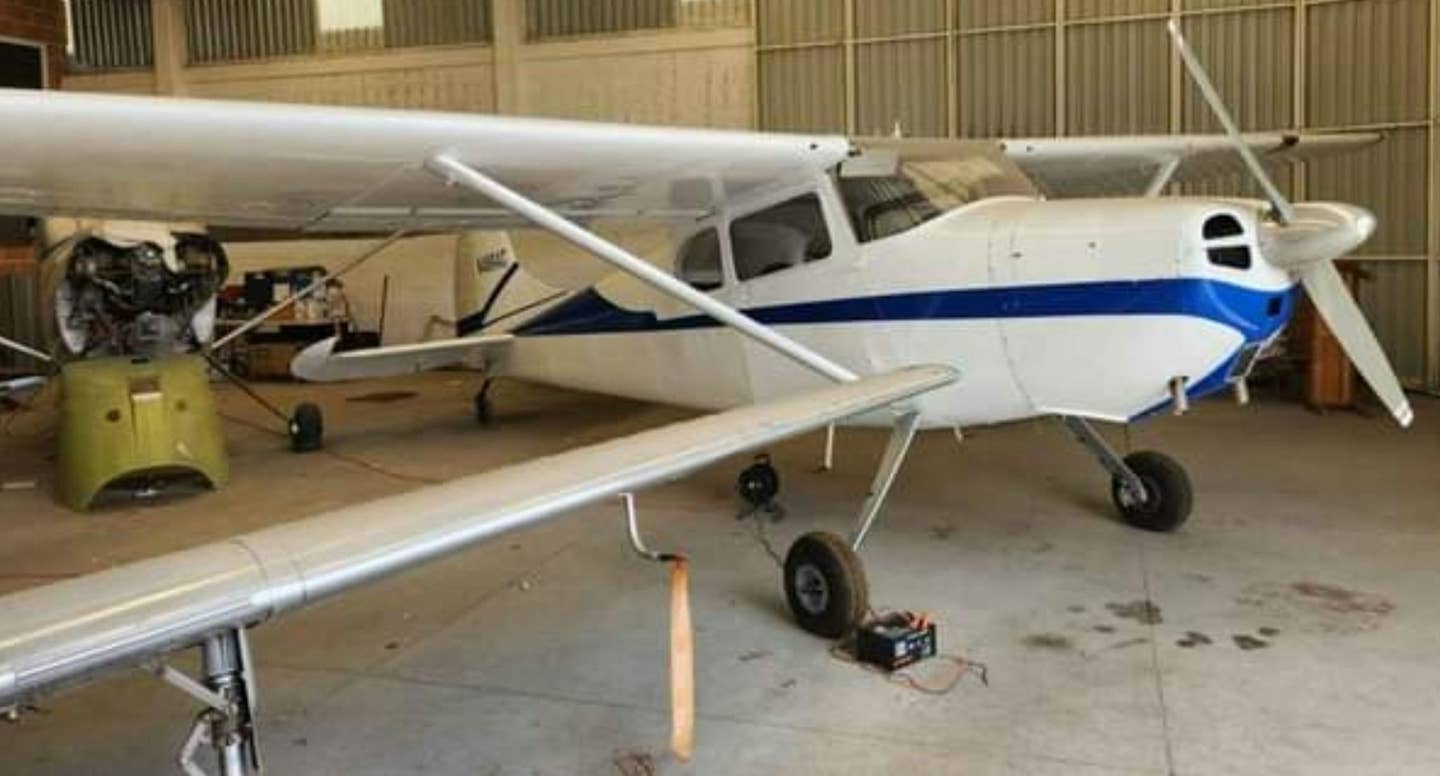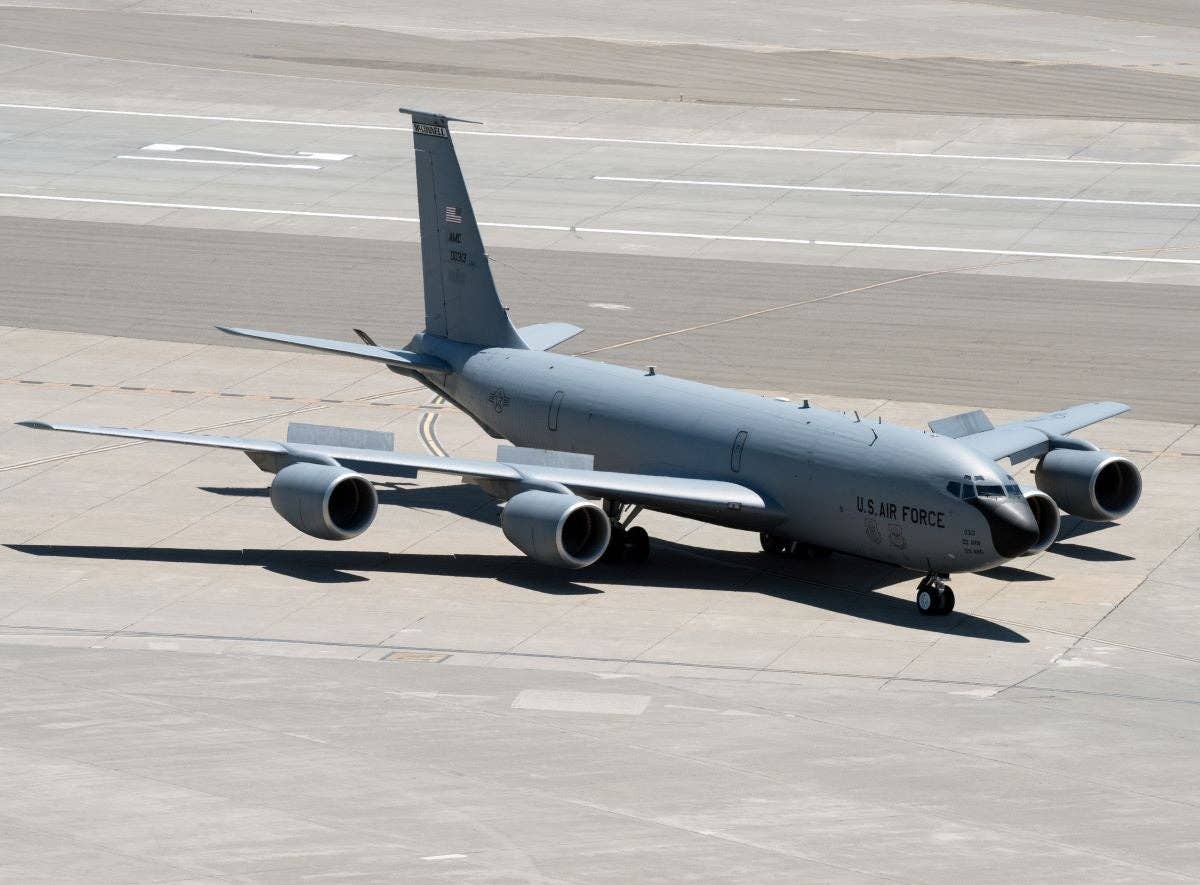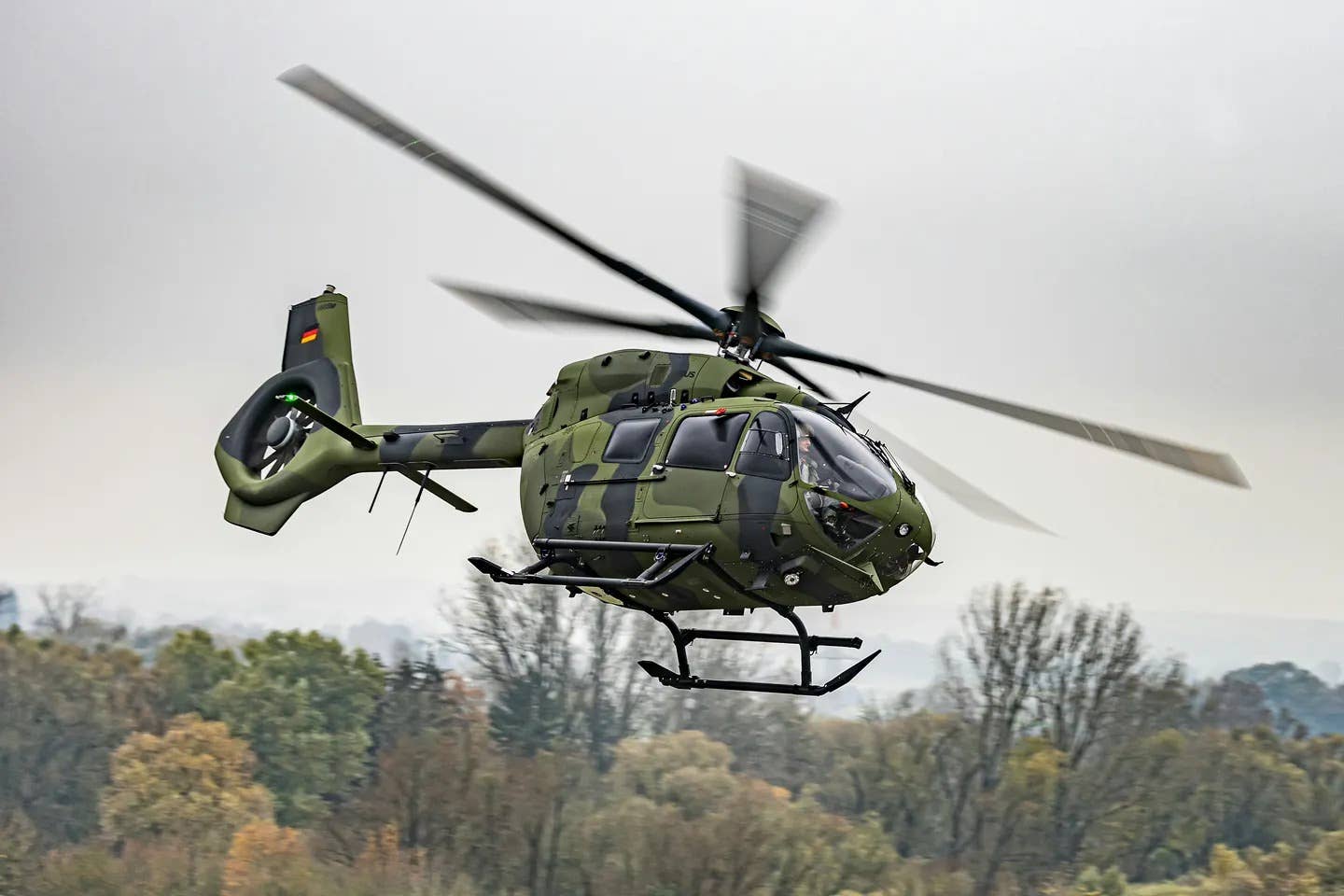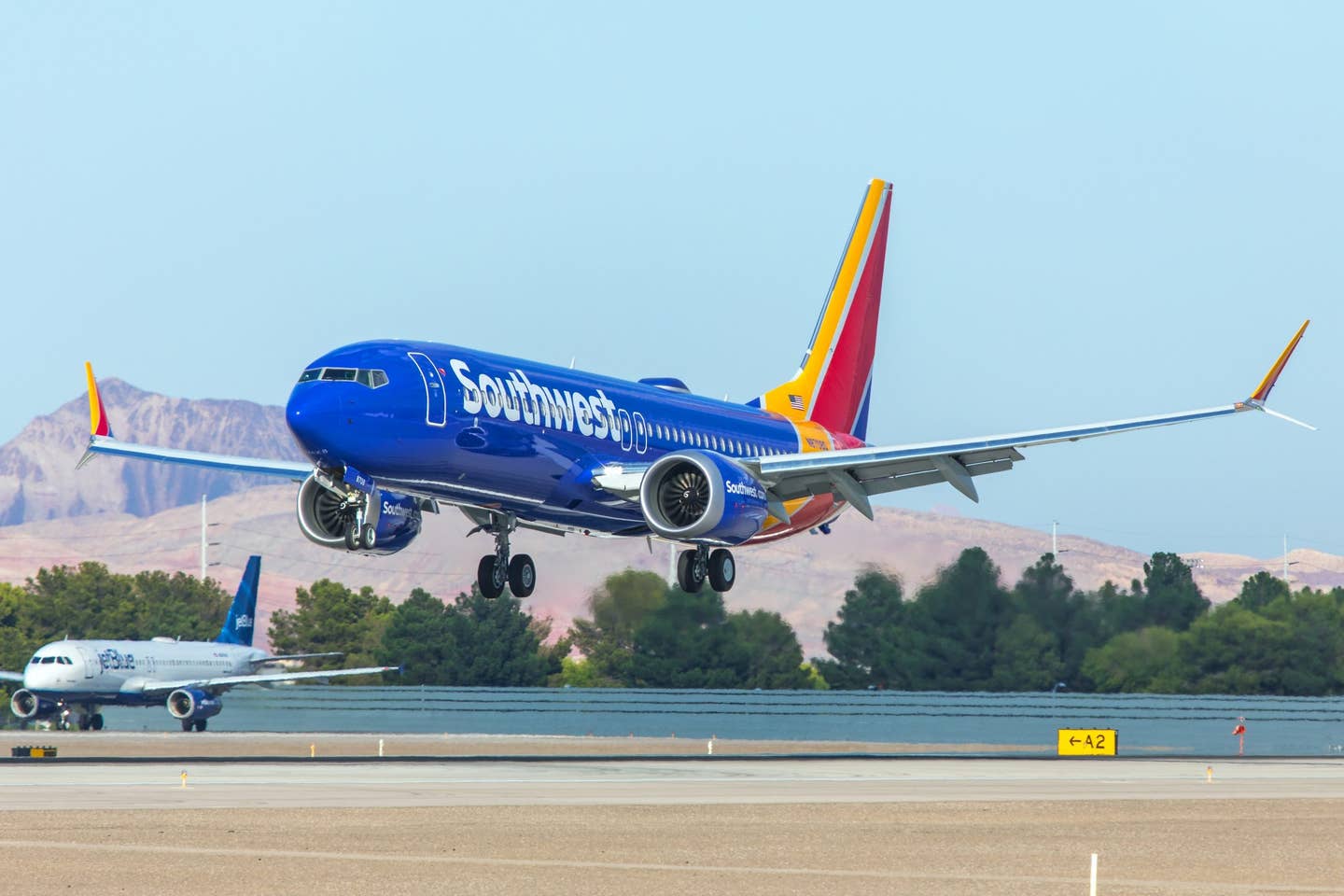
(October 2011) In today's challenging used biz-jet market, it's safe to say that value is everything and that even then it's sometimes not enough. This has led to some remarkable refurbishment programs designed to take much of the used airplane part out of the equation while actually giving buyers better performance — in some cases much better performance — than the airplane could boast when it was rolling through the factory doors.
A few years ago a new company, Nextant Aerospace, started by Flight Options principal Ken Ricci, sprang up to fulfill a need. That need wasn't to refurbish Beechjets. In fact, in terms of brand and model, Nextant was agnostic. Its mission was to create a very affordable like-new airplane for the fractional/jet card market and to do it at less than half the price of a comparable new bird.
So Nextant began its efforts by searching for an eligible donor airplane. The suitable candidate would need to be readily available, reasonably priced on the used market, desirable to begin with and suitable for a major refurbishment — meaning, mostly, having no life limits on the airframe.
The clear winner in this sweepstakes for Nextant was the Beechjet 400A, which was manufactured in great numbers — 600 of them were built over a more-than-two-decade run — with nearly every one of those airplanes still flying.
In addition to there being a lot of 400As available at a good price, the airplane has no life limits. Its airframe is remarkably strong to begin with. Moreover, it could, Nextant determined, benefit in a big way from improvements to two of the three areas where refurbs matter the most, avionics and engines. With cabins, there’s not much a refurbishment company can do to create extra space. Luckily, the Beechjet had a lot going for it there to begin with: plenty of room and a flat floor, a rarity in anything below a midsize airplane. Finally, the 400A was already a very desirable airplane in the charter and fractional markets, where customers came to appreciate its speed and good cabin coupled with reasonable costs.
After Nextant settled on the 400A as the focus of its efforts, the route that it chose to bring its like-new airplane to market was to adopt the structure, strategies and methodology of a new-aircraft manufacturer.
The “new” airplane would be remanufactured in a factorylike setting, it would be supported with new-airplane-like warranties and support, and it would have “type” specific training available in a level-D full-motion simulator.
The end result to the customer would be an airplane that could be acquired for about half that of comparable models, that would have comparable or better performance than new models in its class, that would have low operating costs (thanks to a lot of new components and warranties) and that would have good resale value.
Most Elaborate Refurb Ever?
The result is the Nextant 400XT, a highly refurbished Beechjet 400A. I'd venture to say that the 400XT represents the most comprehensive refurbishment of a civilian turbine product that we know of. In fact, while the company would like to call it a new airplane, it instead refers to it as "remanufactured," which is a term that doesn't have any official meaning when it comes to airframes so far as the FAA is concerned. But it does get across the idea that the product has been extensively ... well, remanufactured. Once you see it, you'll get the idea. It's gorgeous.
It’s more than that too, and it gets back to Nextant’s idea that the 400XT be a coherent product, like one produced in a factory. So while avionics and interior options are available, as they are on new airplanes, buyers don’t get to pick and choose which mods to add to their package. The offering is an entire airplane, the 400XT. This is inherently different from the way that every other mod house we know of works, and the advantages to owners are significant. They get an airplane that is a known quantity. Instead of the “400XT” being a marketing name for a range of mod options, it becomes a clear descriptor of what the jet is. That should help maintain the value of the 400XT. Nextant believes, in fact, that the airplane will hold its value better than new airplanes will. The company also claims that buyers will have a much easier time getting financing for their airplanes than for getting mod work done on existing airplanes.
400XT
How new does an airplane have to be to be considered "new?" In the case of the Nextant 400XT, while I'd be hard-pressed to call it "new," it certainly pushes the envelope. The airplane doesn't seem at all like an existing model that has had engines and avionics added. Instead it feels much like an airplane that emerged as is from its original design. That is not to say that it is a new airplane through and through. It's not, and a discerning eye can tell. But for most practical purposes, it might as well be. You get new engines, new avionics, a new wiring harness (a huge job), a completely refurbished interior, aerodynamic and structural mods that make the 400XT stronger than when it was a new Beechjet, and more.
Let's start with the engines, the Williams FJ44-3AP turbofan, a power plant that was derived from the engine that powers the impressive Cessna Citation CJ4. It's safe to say that without the Williams engines, there would be no Nextant 400XT or possibly no Nextant. The engines are revolutionary enhancements over the state of the art of even 10 years ago. They are quieter, more fuel-efficient and more reliable. If that sounds as though they're better in every way than the last-gen engines that powered light bizjets in the '80s and '90s, you're right.
The 3,050-pound-thrust FJ44-3APs on the 400XT replace the Pratt & Whitney Canada JT15D-5 engines of 2,965 pounds of thrust on the Beechjet 400A. That engine, which entered service in 1983, is closely based on the JT15 engines introduced in 1971 for the original Citation. With more than 7,000 produced for a number of different airplanes, the JT15D is a legend.
But the FJ44, which has been continuously upgraded since its introduction in the early 1990s, is a newer and better engine. It is, in fact, a remarkable 32 percent more efficient, based on specific fuel consumption figures, than the Pratt it replaces, and it gives the 400XT more power, more range, better hot and high performance and much better operating economies. The inspection interval on the FJ44-3AP is 4,000 hours, 400 hours longer than the JT15D-5’s. Moreover, the greatly reduced residual thrust of the Williams engines eliminates the need for thrust reversers, which lowers weight, cuts maintenance costs and makes landings that much less complicated.
Great Range and More
Range is a big part of the value equation. With a no-wind National Business Aviation Association range of 2,005 nm, compared with 1,333 nm for the Beechjet, Nextant's new jet can make nonstop flights that owners of a 400A could only dream about. From Chicago, for example, owners can fly anywhere in the United States nonstop and to much of the rest of North America, whereas in the original 400A, they'd have to refuel in Denver for a trip to Los Angeles. The improved range opens up any number of desirable city pairs, including Los Angeles to Miami and New York to Dallas.
The engines also confer to the 400XT the ease of operation, safety and economy of full-authority digital engine control, or fadec. With dual-channel electronic control, the pilots can set power for takeoff, max continuous power or cruise simply by moving the power levers to the detents. The computers take care of the fine-tuning.
While the engines by themselves are a great improvement over the originals, the installation on the 400XT goes way beyond the remove-and-replace paradigm. To maximize the impact of the engines, Nextant engineers completely redesigned the engine pylon and cowling. The redesign makes the pylon much stronger, reduces aerodynamic drag and eases access for pilots checking fluids and for mechanics too.
As you might expect, another area of emphasis for the transformation is the panel, and here Nextant is able to completely transform the panel of the 400, which was state of the art once upon a time, to a thoroughly modern package. The 400XT boasts flat-panel displays with moving maps, satellite weather, color weather radar, charts, graphical planning and more. The avionics include four displays: solid-state AHRS (attitude and heading reference system); GPS with WAAS/LPV; dual Rockwell Collins 6100 flight management systems; and TAWS, TCAS II Collins autopilot and navcoms. It's the same kind of avionics suite you'll find in the 400XT's new competitors, allowing pilots all the safety enhancements of late-model avionics in an airplane introduced before many of the features were invented.
The cabin incorporates, in addition to newly rebuilt seats and custom upholstery and cabinetry, the Rockwell Collins Venue cabin management system with a media file server, large LCD monitors, iPod docking stations, separate cabin temperature controls and lighting control. There’s also optional satellite communications, with Internet and phone service through Aircell’s Axxess service.
Performance Compared
Comparing the performance, operating costs and owner support of the 400XT with those of an existing Beechjet 400A is missing the point entirely. The real comparison is between the 400XT and new airplanes, like the Citation CJ4 and Embraer Phenom 300, both of which boast tremendous performance for light jets, with true airspeeds in excess of 450 knots, range of around 2,000 nm, modern flat-panel avionics suites (Pro Line 21 in the CJ4 and Prodigy by Garmin in the Phenom 300) and cutting-edge propulsion.
All of this is true for the 400XT, and then some in some cases, but at around half the acquisition price. And with the availability of warranties on the airframe and engines, much as you get with a new airplane, Nextant has cleverly co-opted one of the traditional advantages of buying new. What Nextant can’t give you is an actually new airplane. Cosmetically and even structurally, the 400XT is as good as it can get for an existing airplane; the donor airplane will certainly have many thousands of hours of use on its airframe. While the company can reinforce weaknesses (as it has with the horizontal tail) and gussy up the airplane in a remarkable way — Nextant puts more than 6,000 hours of labor into the product — it isn’t a new airplane, and to many buyers, that means something.
For others, it's all about value. And a great value equation is what has kept the Beechjet flying for all these years.
**
Flying the 400XT**
Pilots love flying 400 series airplanes, and it's easy to see why. They're fast, they climb great, they're relatively comfortable up front, and they're tough. The 400XT gives pilots all of that and more.
Unlike its competition from Cessna and Embraer, the 400XT is a crewed airplane. While the CJ4 and Phenom 300 have been optimized for single-pilot flying, the Nextant jet still has the cockpit of an airplane designed to be flown by a pair of professional pilots. While it’s not undoable, it would be an intensive and expensive process to re-engineer the cockpit for single-pilot approval. Moreover, it would be of limited value to most of the airplane’s customers. Nextant has an order for 40 of the airplanes from sister company Flight Options, which would put two pilots in every airplane even if it were certified to fly with a single pilot.
The cockpit of the 400XT is essentially the cockpit of the 400A with few exceptions. It has that big-airplane feel to it, with hefty hardware, from seats to levers, many of which are the original articles from the 400A. This is one area where Nextant played it smart and stuck with the tried and true. With the exception of adding throttle position IDs and eliminating the thrust reverser hardware, little else is changed in the flight- and power-control hardware. A pilot rated to fly the Beechjet could jump into the 400A with only differences training — the 400XT shares the type certificate of the 400A.
The flying experience was wonderful. As promised, taxiing was a no-brainer, thanks to the lower residual thrust of the Williams engines. We were light — around 14,000 pounds, more than 2,000 pounds lighter than our max takeoff weight of 16,300 pounds. On takeoff, there was plenty of power. Simply put the throttles to the “takeoff” position, release the brakes and hang on. We rotated at around 108 knots, and our initial rate of climb was 3,000 fpm at a deck angle of around 15 degrees.
We’d hoped to get cleared directly up to 41,000 feet — the airplane’s ceiling is 45,000 feet — but ATC couldn’t accommodate us that day. While we didn’t get to climb directly to FL 410, which the airplane can do on a regular basis, I did get to witness the airplane’s quick ascent to FL 310 and then, in short order, up to FL 410. At a high-speed cruise, Mach 0.78, we were using around 500 pounds per side; at Mach 0.71, that figure was cut down to around 400 pounds per hour each side. At a slightly higher altitude, that fuel flow could be cut by another 50 pounds per hour or so. Bottom line: The 400XT is fast and economically so, only half of which can be said about the Beechjet.
On descent the Nextant airplane enjoys the same ability to get down quickly as the 400A does. The speedbrakes are very effective, allowing rates of descent as high as 3,000 fpm or greater without overspeeding.
It was a gusty day in central Texas, and Austin Bergstrom had gusty crosswinds, so I had my work cut out for me. This is where the low inertia of the Williams engines comes in handy, since spool-up times are fairly low for such powerful engines, and the power you have to work with once they come up to power is great.
Landing is typical Beechjet action. Hold the attitude and let it land, though in this case, I had the extra challenge of the crosswind, which the airplane handled with aplomb. And just as promised, the powerful brakes and low idle thrust made getting stopped easy even without the thrust reversers. It was truly a delightful airplane to fly.
Nextant recently delivered its first 400XT. It will be one of nine such airplanes to find a new owner this year. Delivery positions are sold out for the next couple of years, in fact. It’s easy to see why. The airplane offers the one big advantage of buying an existing airplane, lower cost, with nearly every advantage of buying a new airplane, including the shiny new paint and crisp leather seats.
With value being king these days, “like-new for half the price” is an equation that buyers can appreciate.
Check out our Nextant 400XT photo gallery.

Sign-up for newsletters & special offers!
Get the latest FLYING stories & special offers delivered directly to your inbox

